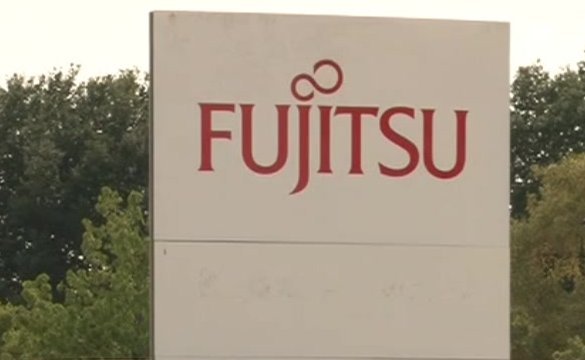Fujitsu today said Bright House Networks trialed 400G transport technology, increasing flexibility of the cable systems’ existing network.
The company said this is its first 400G trial with a cable operator. Fujitsu conducted the trial in a live network using Fujitsu’s 400G optical networking transceivers over the Fujitsu FLASHWAVE 9500 Packet Optical Networking Platforms (Packet ONPs).
Bright House Networks is the sixth largest operator of cable systems in the U.S., offering video, data and voice services to 2.5 million customers.
Craig Cowden, senior vice president, Network Engineering, Operations and Enterprise Solutions, Bright House Networks, said: “This initiative provides us with the ability to upgrade the amount of bandwidth available on our existing DWDM infrastructure to support the ever-increasing high speed data requirements of our customers and new initiatives, such as fiber to the home, for years to come.”
Using FLASHWAVE 9500 Packet ONP and 400G Super Channel Solutions, Bright House Networks is able to optimize their existing equipment and infrastructure and manage capital expenditures as they transition to greater bandwidth as market demands increase.
Fujitsu demonstrated delivery of 400G technology over hardware that is currently shipping. Upon completing the 400G trial, an error-free rate of 800G was also attempted and achieved – maximizing the potential of future networking capabilities while showing their commitment to leveraging customers’ investment in their networks.
Fujitsu’s 400G and 800G Super Channel capabilities enable higher per-channel scalability; support for adaptive modulation schemes including DP-QPSK and DP-16QAM, which opens up the ability to optimize spectral efficiency while accommodating dynamically changing reach demands.
It achieved increased spectral efficiency with Nyquist filtering techniques reducing optical signal bandwidth. Fujitsu demonstrated its nonlinear compensation (NLC) techniques to reduce the resulting optical penalties and extend the achievable transmission distance to overcome nonlinear fiber impairments due to optical transmission.






